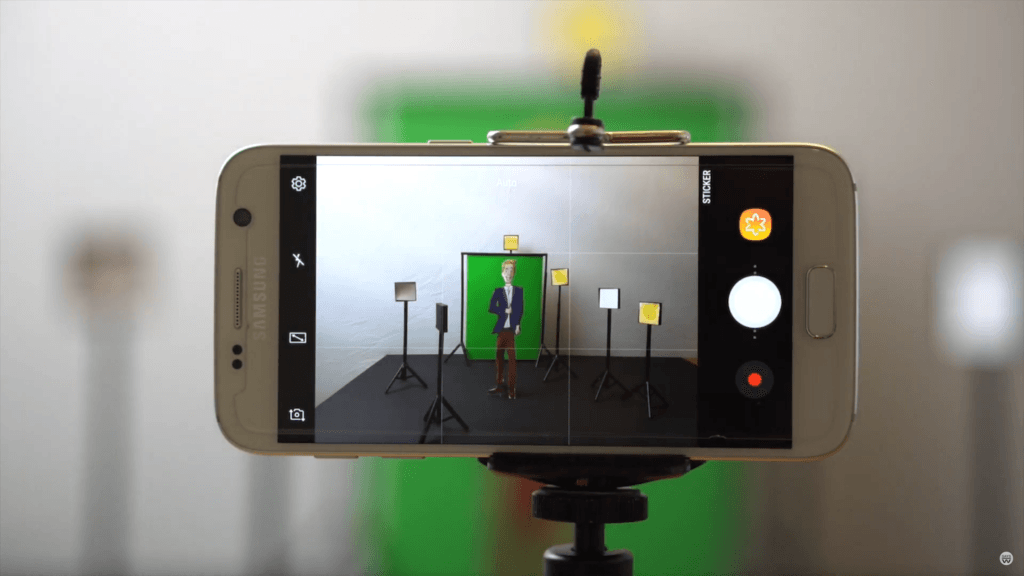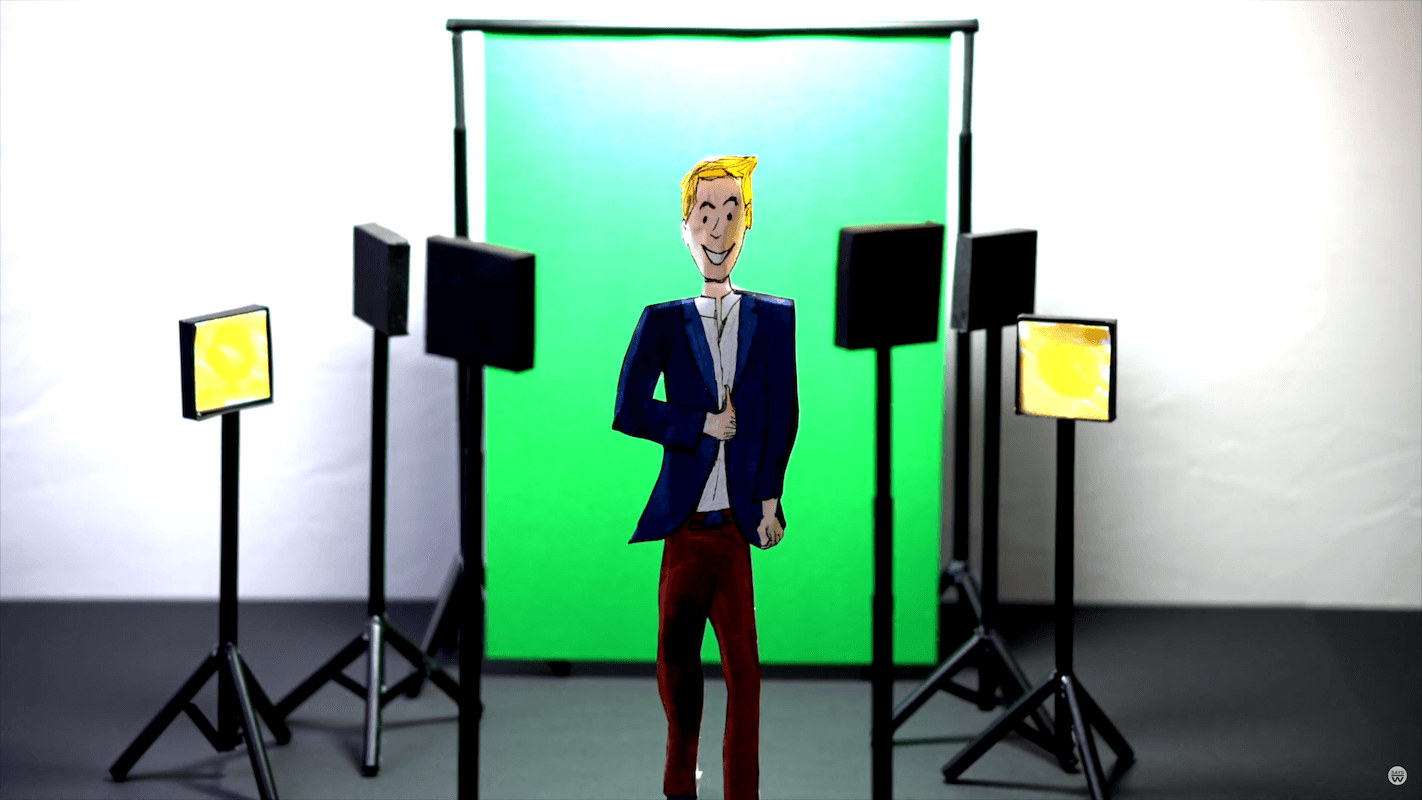While the turning points increase the tension and provide an emotional effect in the punch line, the core statements of a narrative help to make a call to action plausible. Especially in branding and marketing, storytelling is used to put the listener in a constructive state to follow an appeal or call to action at the end. The goal can be his purchase in the online shop, the leaving of his contact data or simply the positive association to create with the company or the brand. A punch line can be remembered for life if it is well built.
Core statements, punch line and call to action
Storytelling used in lectures often contains core statements that the listener can take with him or herself as an interim conclusion. These then have a similar effect to small punch lines and are particularly effective when it is also a turning point.

It is important that the core statements can be combined at the end to form a punch line. No matter how exciting your story may be, you’ll be able to give the audience valuable core messages. Even if the story is rounded off with a stunning punch line, it shouldn’t leave you wondering how it relates to the key messages you’ve accentuated throughout the narrative.
With a successful punch line, the final movement has a magical effect. It can cause tears in the last dry eyes, cause a warm applause or trigger a motor action by means of an appeal. In order not to weaken it again afterwards, you should take a break, or even better, end your performance with it. When it’s over, it’s over 🙃
In storytelling the end is everything
- Stories without a punch line look like sound and smoke
- Core statements lead to the punch line
- The punch line often summarizes the own interpretation as a result
- The final movement must fit the punch line
- An appeal at the end can be used as a call to action
Tasks to train your branding punch line:
- Which three core statements would you like to give your listener on the way?
- In what context can these be brought to bear with the story?
- How can your story be interpreted wittily?
- How do you associate your punch line with your call to action?
Dialogues, humour and details
As a storyteller you have to attract the attention of your audience. You will succeed not only because of the exciting content, but also because of the way you narrate and your personal impact when you act as a narrator. As a dedicated storyteller, you imitate different voices when they appear in your story.
Branding is deliberate differentiation.
Debbie Millman
You manage to convey funny connections in a humorous way without making the audience laugh. And you describe the details in the course of your story with extraordinary enthusiasm. In order for this to be possible at all, you first have to think about these contents and incorporate them.
Without attention, the best story is worth nothing:
- Dialogues bring stories to life
- Humor makes stories entertaining
- Details make stories credible
Tasks to differentiate your branding story:
- Which dialogues are decisive in your story?
- How could you imitate these dialogues with your voice?
- Which parts can be especially entertaining or funny?
- Where does the listener want evidence that you can make credible through details?
Parallel branded storylines
A linear story can be exhausting when only the turning points inflate the tension. That’s why books and movies use parallel events to add some variety to the story. What sounds complicated can be easily incorporated into your story, for example by using different secondary characters, time sequences or varying locations.

If, for example, you go into the part of town where you are during the plot, you can accentuate what is happening in another place during the plot. The tension is increased by adding such details, even if they are not absolutely necessary.

Parallel storylines are especially important when something happens to two different characters at the same time. Don’t try to do this linearly one after the other, but zap back and forth between the two scenes like with a remote control. If you get faster and faster, the course gets an altitude or a turning point.
Keynote speakers build their presentations on different topic blocks. In the introduction, a goal is stated, which the speech will lead to and which will be told on the basis of one or more stories.
The situation of a protagonist is depicted and worked through by the theme block, which can end in a transition, a joke, a turning point or a core statement. Pictures on the projector can help to steer the mood thematically or to summarize the situation in its core.
In 1992, Fairy Ultra was a successful television advertisement that told about the location and the protagonists in parallel plot lines.
The saying “while Villariba is already celebrating, Villabajo is still scrubbing” has remained in my memory for decades as a punch line.
Parallel events make your story interesting:
- Linear narratives can be made exciting by parallel actions.
- Parallel events can affect characters, places, or both.
- Same figures in the same place can stand in front of different situations
- A climax emerges when parallel events come to a head
- Theme blocks structure the events of a story
Tasks to put parallel events to your storytelling
- Which terms can be used to define topic blocks in your story?
- Which characters can experience their actions in chronological order?
- Which locations are suitable for your story?
- When could you particularly often jump back and forth between two storylines during your story?

